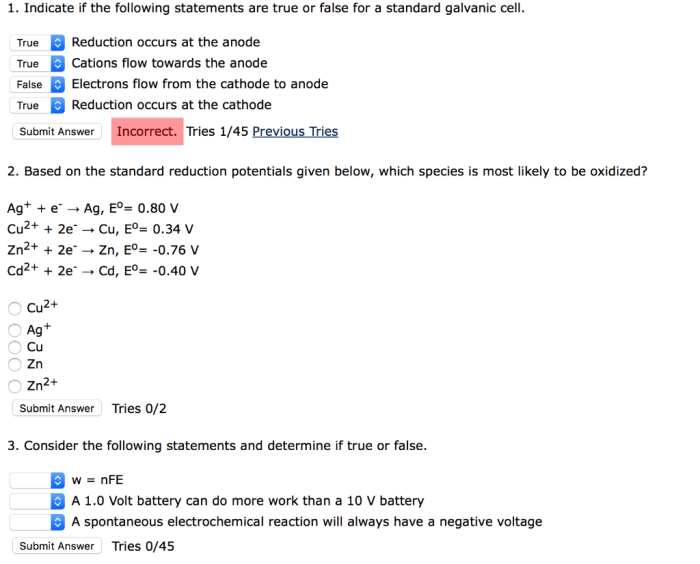Determining the truthfulness of statements is a crucial skill in today’s information-saturated world. With the advent of indicate whether the following statements are true or false, we now have a powerful tool to analyze and verify the accuracy of information.
This guide provides a comprehensive overview of indicate whether the following statements are true or false, exploring its methods, criteria, and applications.
By delving into the principles of logic, evidence evaluation, and bias identification, this guide empowers individuals to navigate the complexities of information and make informed decisions based on reliable facts.
Analyzing Statements for Truthfulness

Evaluating the truthfulness of statements is crucial in various aspects of life, from academic research to legal proceedings and everyday decision-making. This article provides a comprehensive guide to analyzing statements for their truthfulness, covering key steps, criteria, and methods.
To ensure accurate analysis, it is essential to clearly define the statements to be analyzed. This involves identifying the subject matter, context, and specific claims being made.
Establishing Criteria
Determining the truthfulness of statements requires establishing criteria against which they can be evaluated. These criteria may include:
- Evidence: Verifiable facts, data, or observations that support the statement.
- Logic: The statement’s adherence to sound reasoning and logical principles.
- Expert opinions: Perspectives from individuals with specialized knowledge or expertise in the relevant field.
Analyzing Statements
Analyzing statements involves a systematic process:
- Identify biases: Examine the statement for potential biases, such as personal beliefs, vested interests, or emotional appeals.
- Detect logical fallacies: Check for logical fallacies, which are errors in reasoning that can undermine the statement’s validity.
- Evaluate evidence: Assess the quality and relevance of any evidence provided to support the statement.
Organizing Findings
Organizing the results of the analysis is crucial for clarity and ease of understanding. Tables, charts, or other visual aids can be used to present findings in a structured manner.
Interpreting Results, Indicate whether the following statements are true or false
Interpreting the findings involves considering the context and implications of the statements. This includes assessing the credibility of sources, identifying any limitations or uncertainties, and evaluating the overall impact of the statements.
Communicating Results
Communicating the results of the analysis effectively requires clarity, accuracy, and objectivity. It is important to present findings in a way that is easily understood by the intended audience.
FAQs: Indicate Whether The Following Statements Are True Or False
What are the key steps involved in indicate whether the following statements are true or false?
The key steps in indicate whether the following statements are true or false include identifying statements, establishing criteria, analyzing statements, organizing findings, interpreting results, and communicating results.
How can I determine the reliability of a statement?
To determine the reliability of a statement, consider the source, evidence provided, logical consistency, and absence of bias or fallacies.


